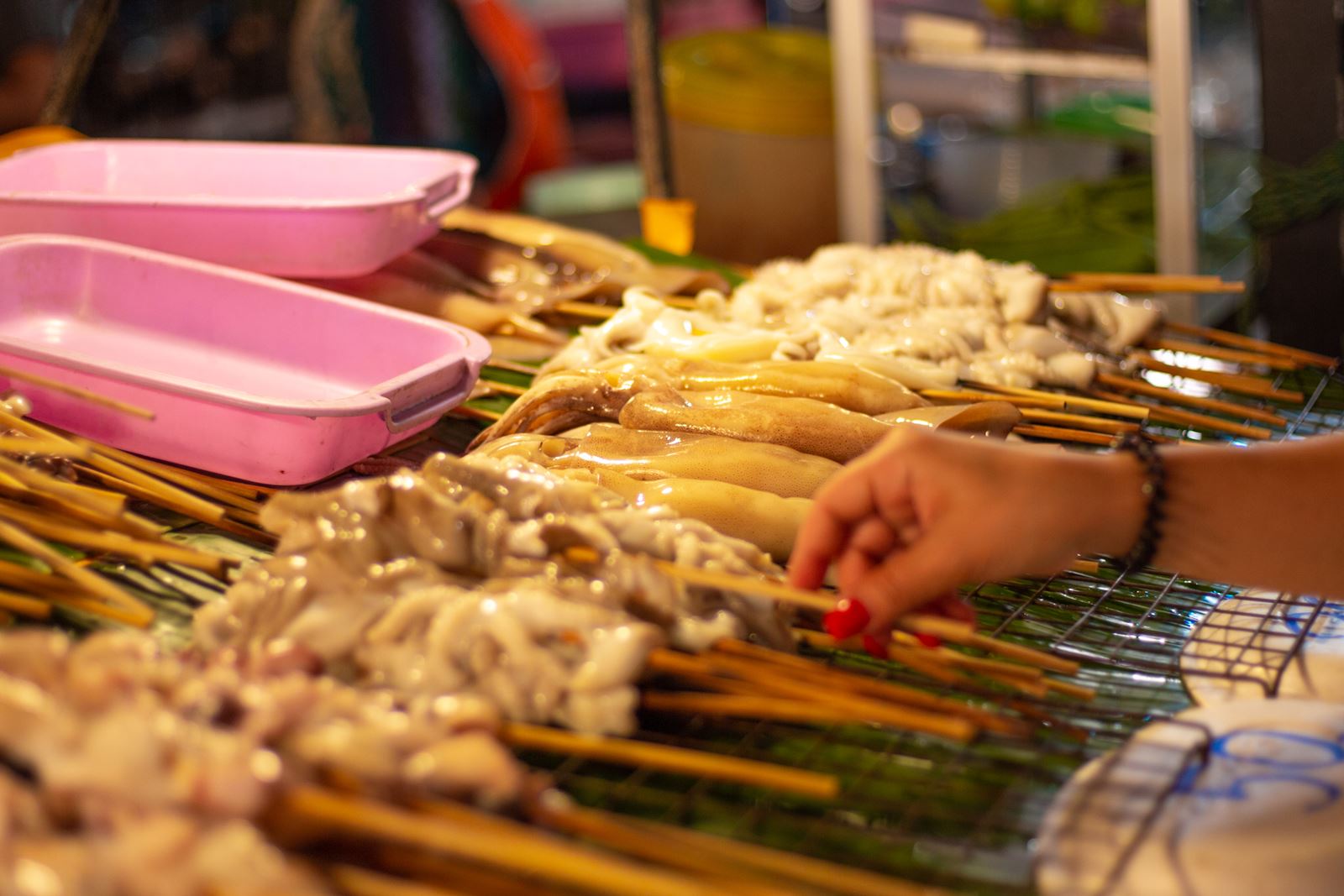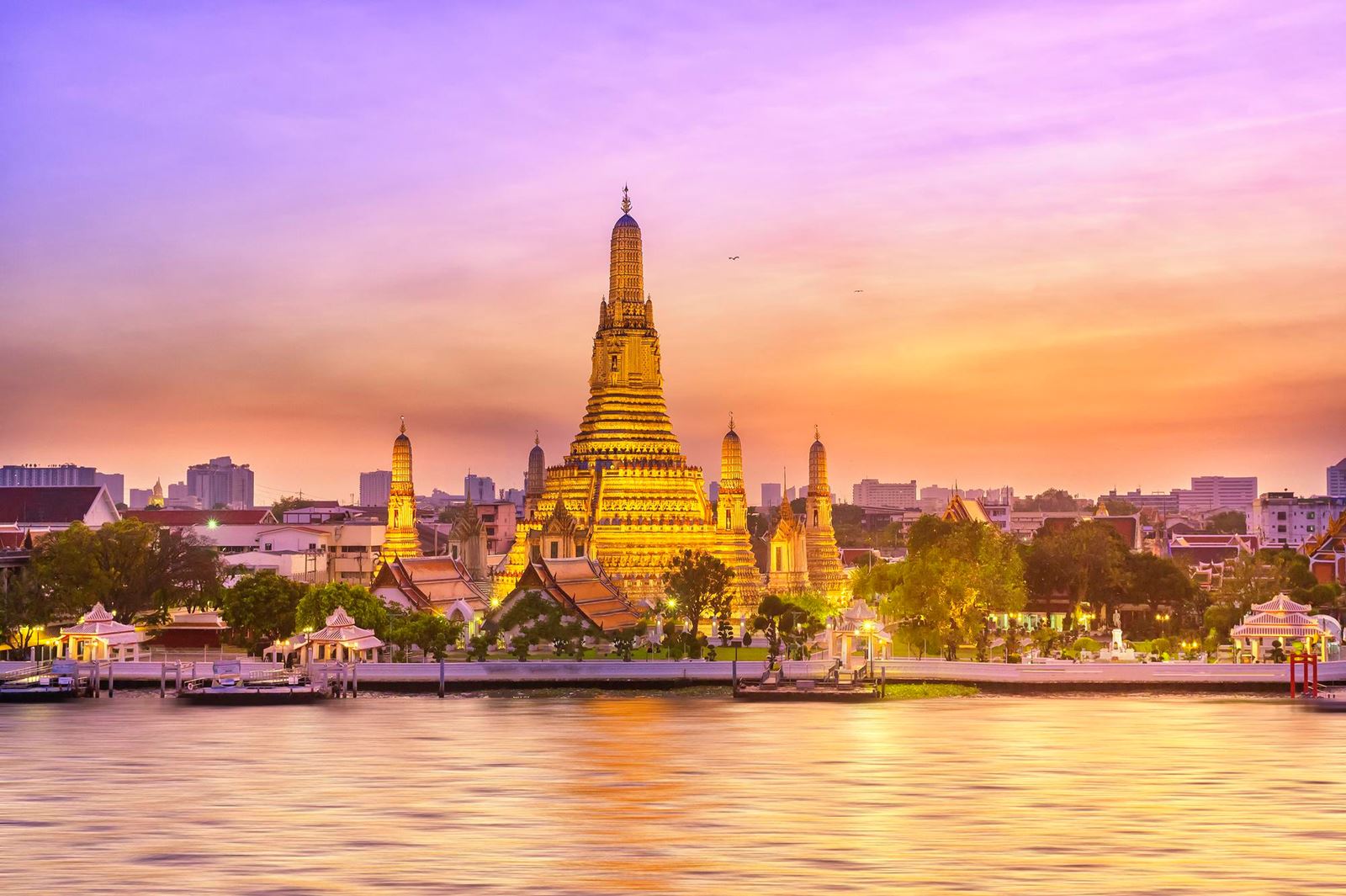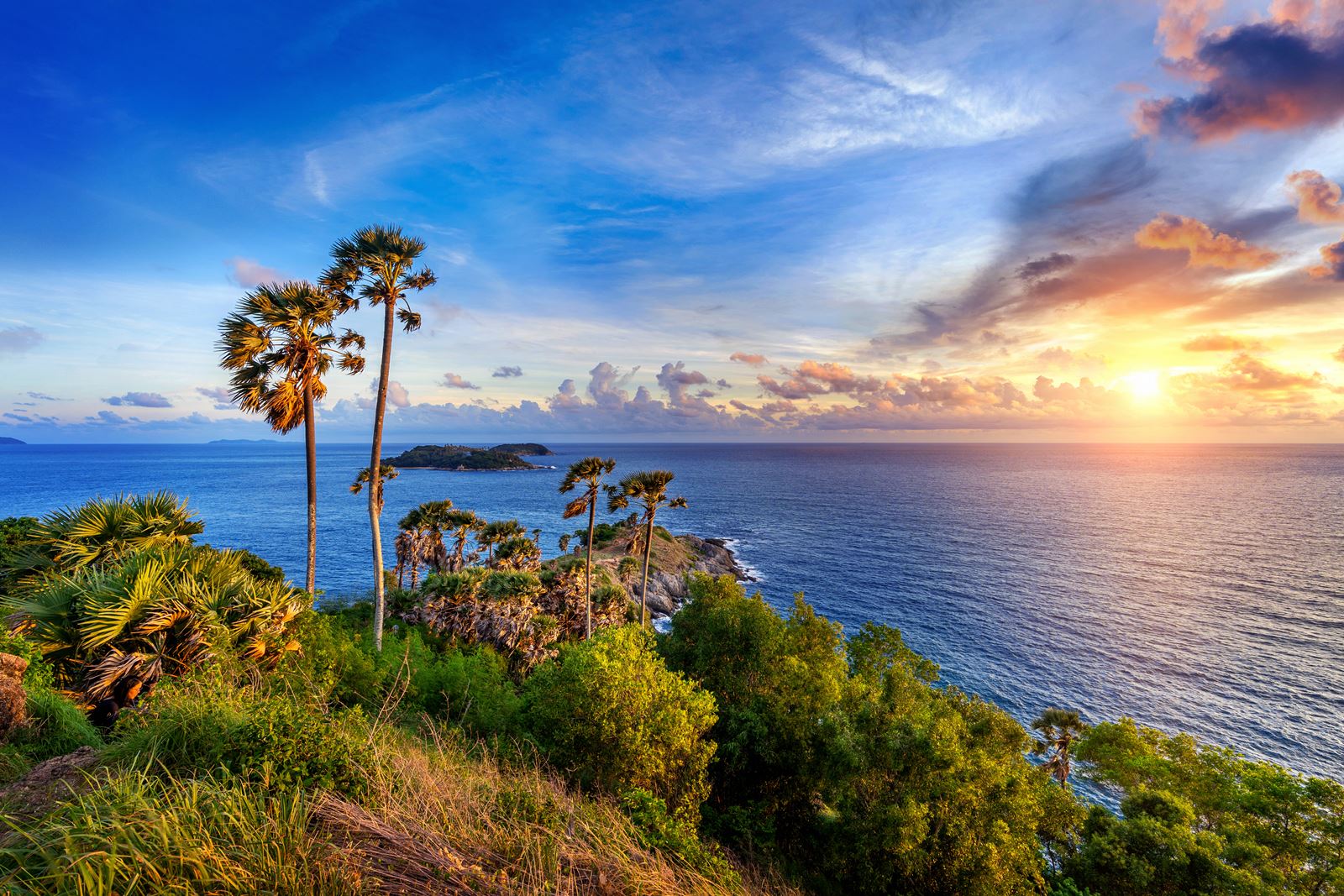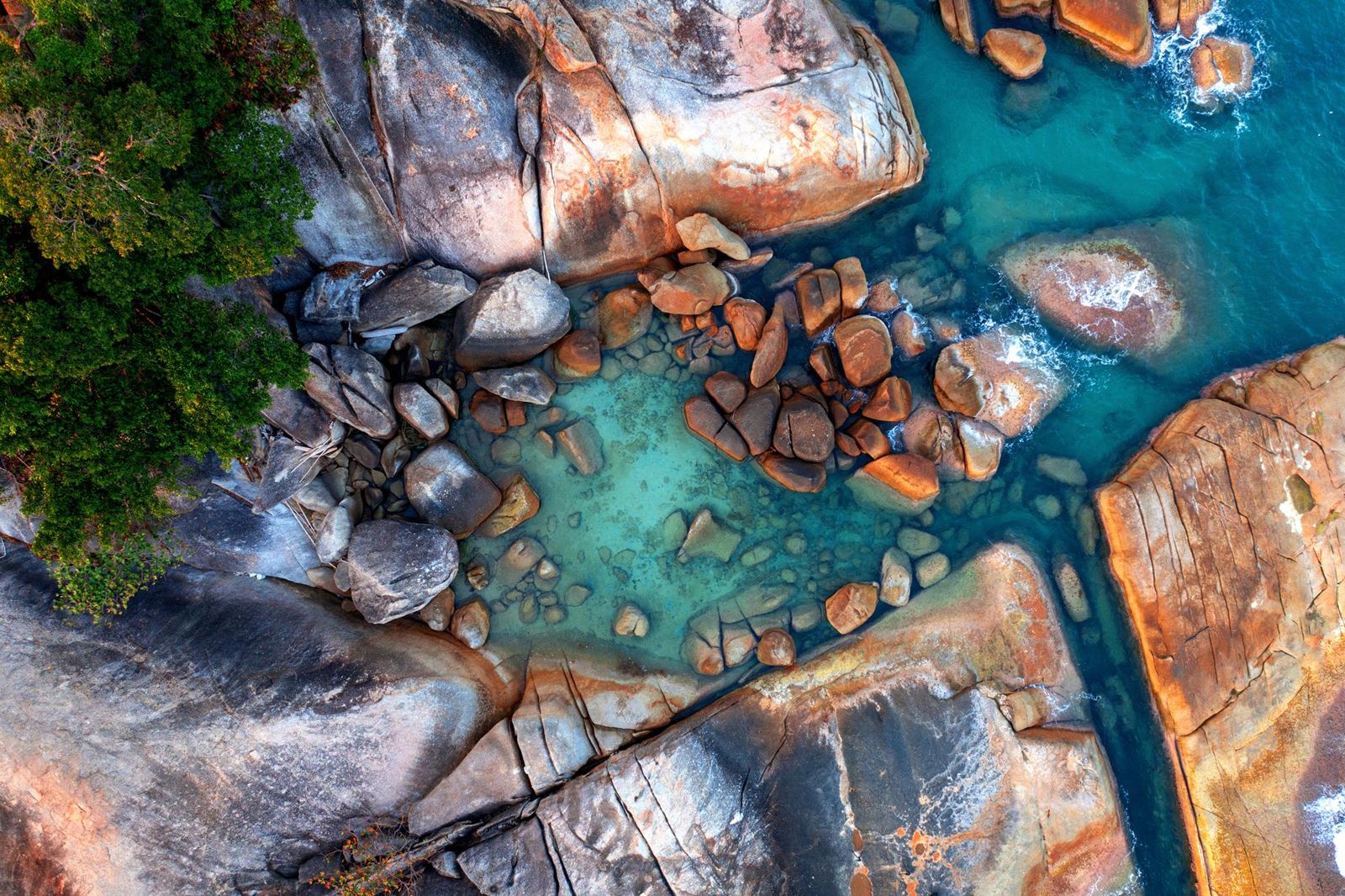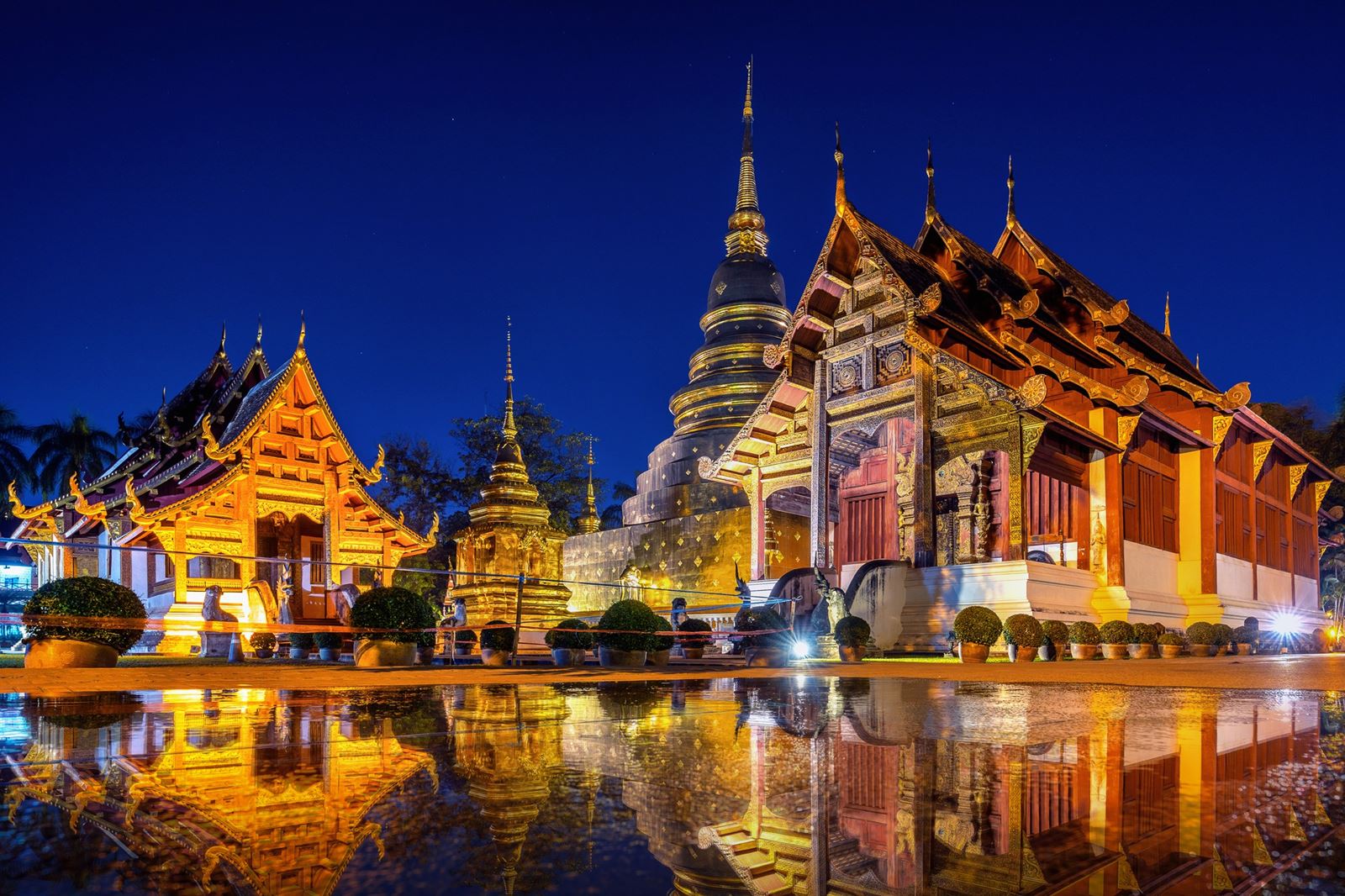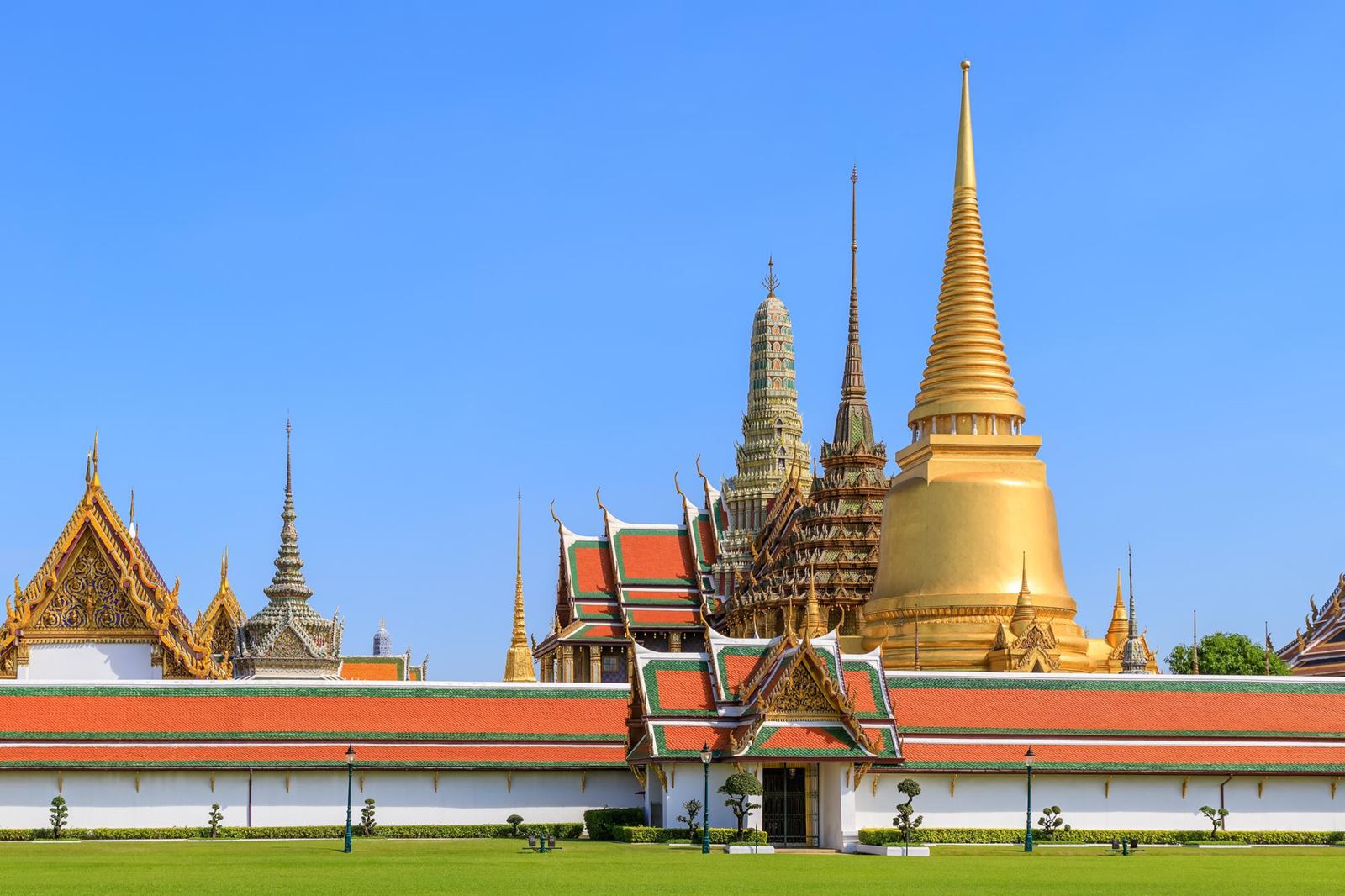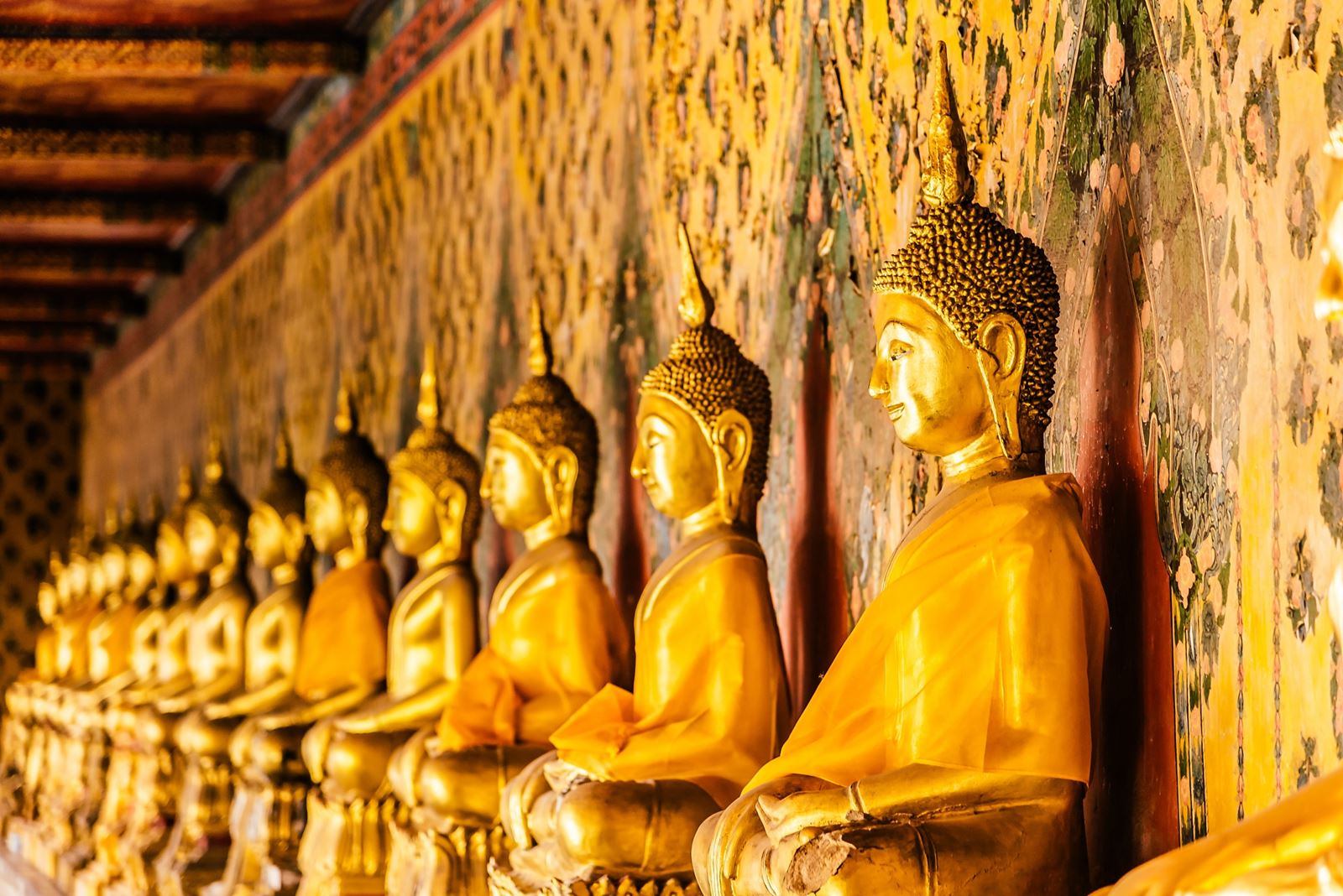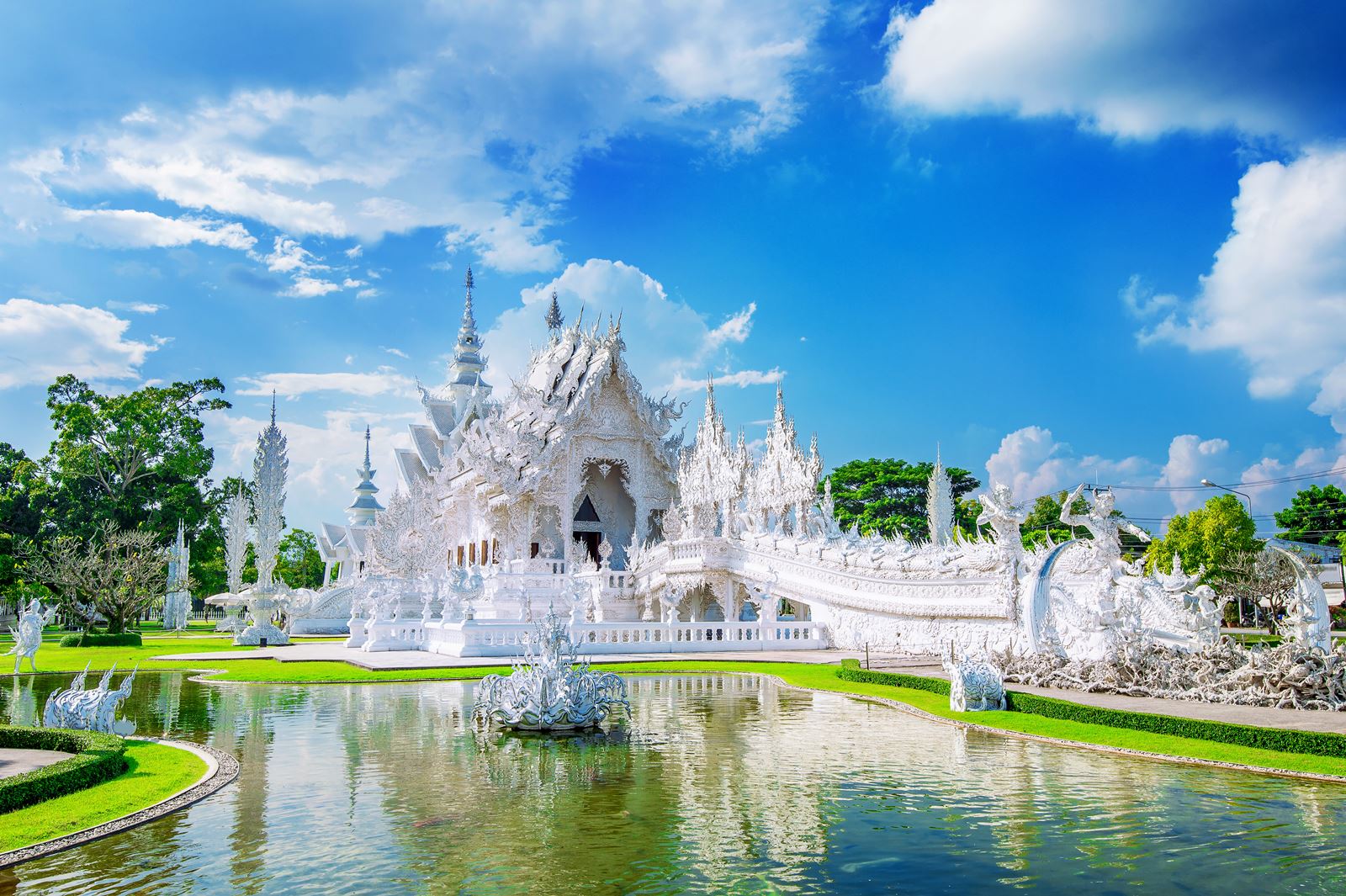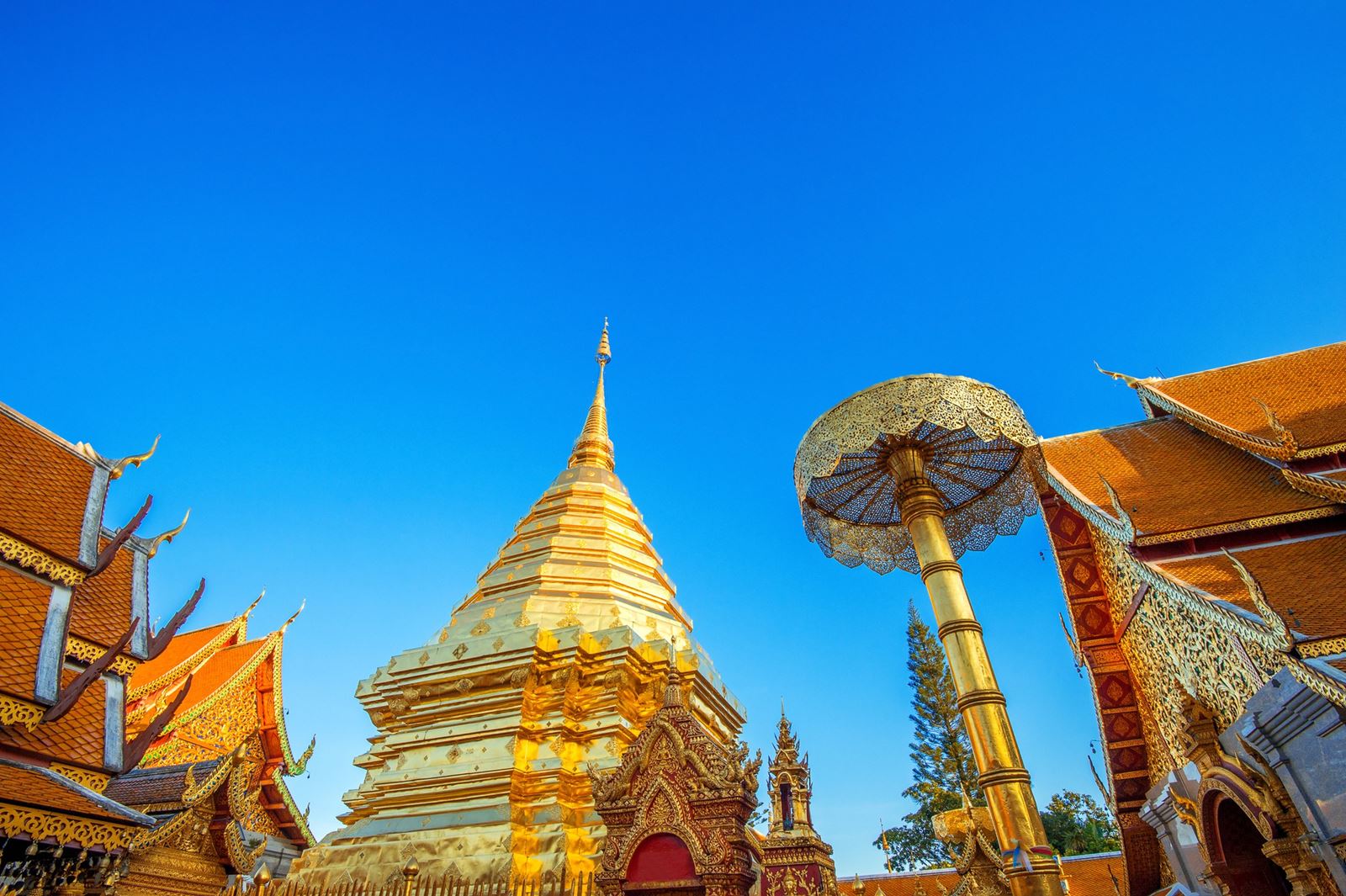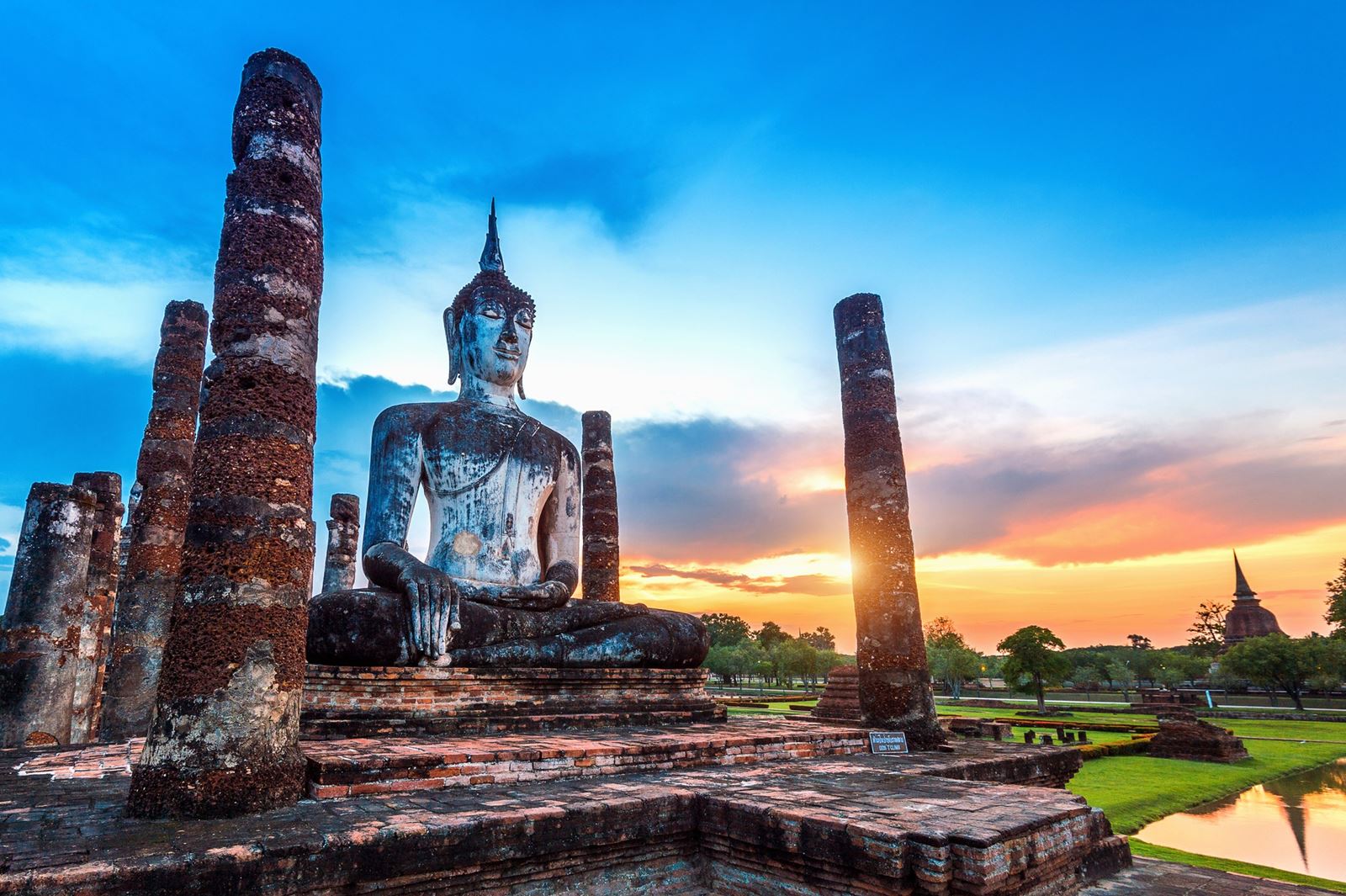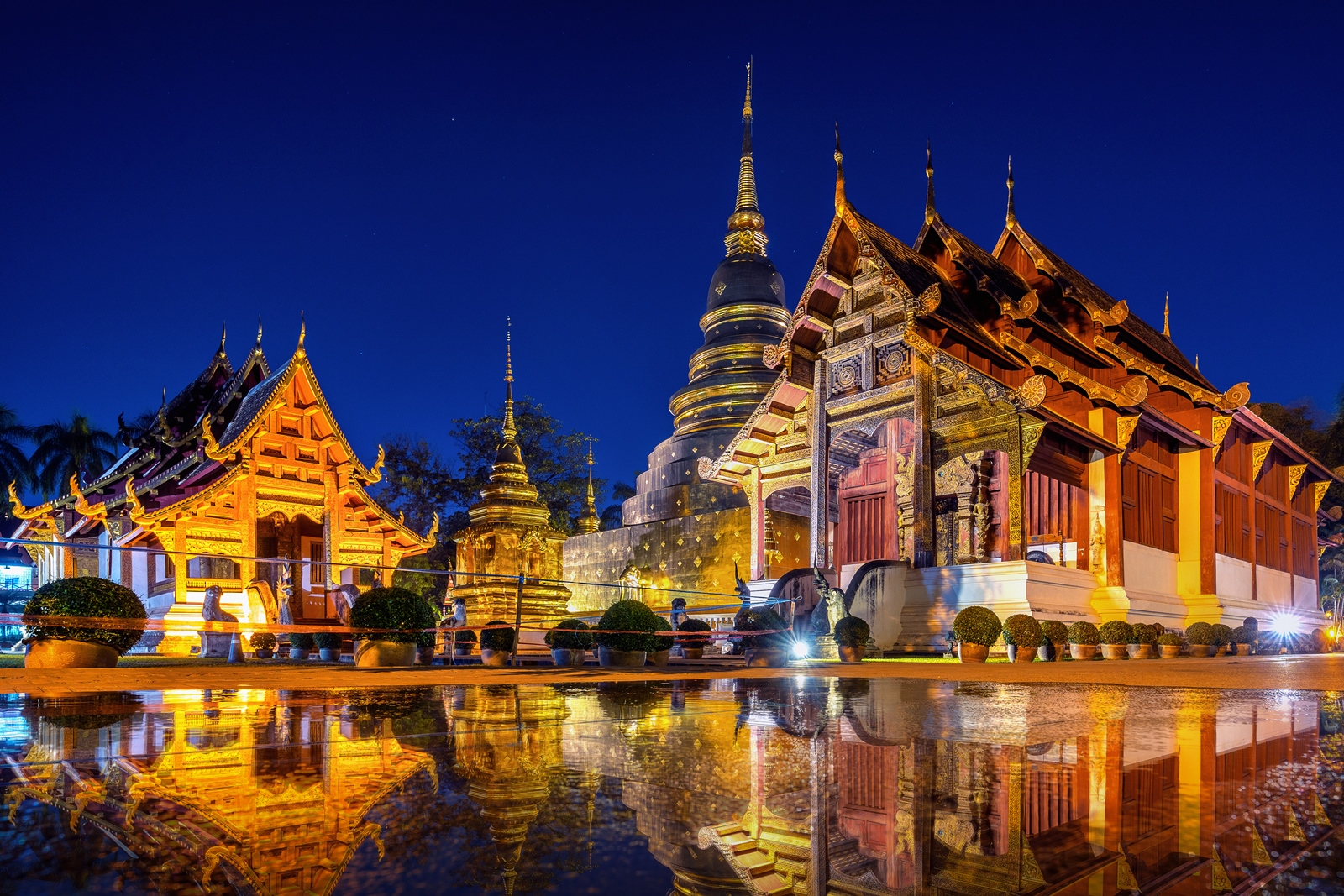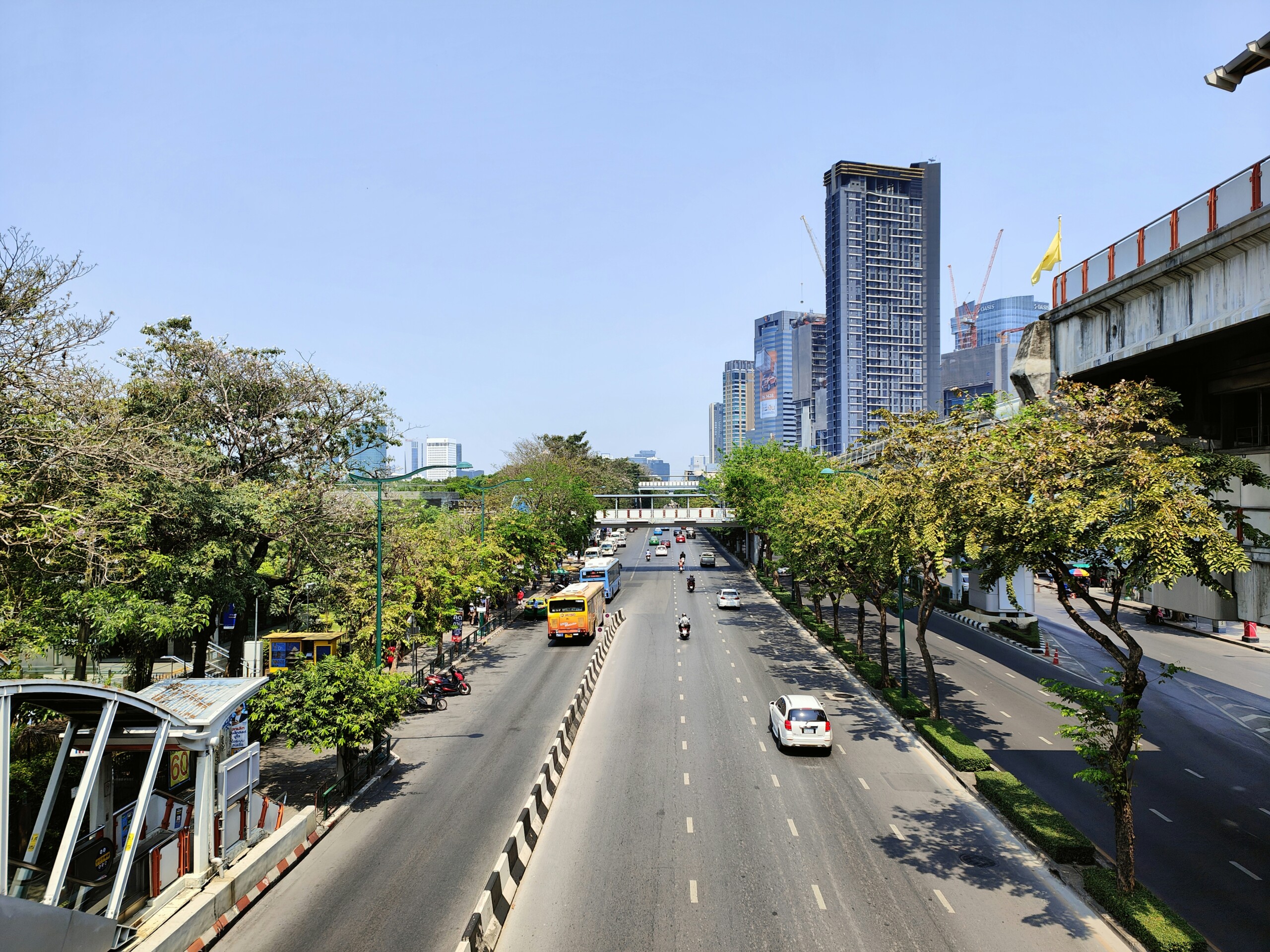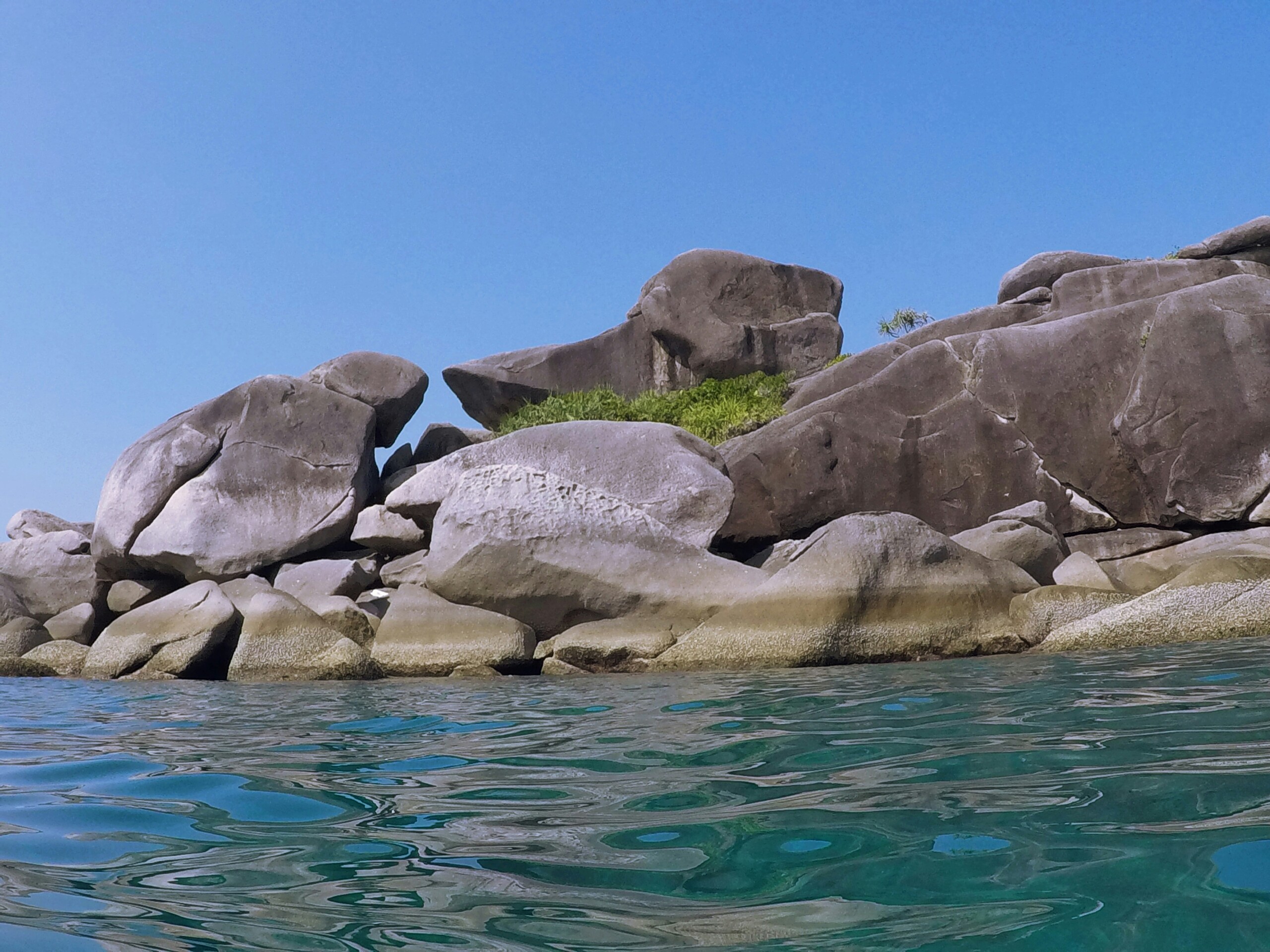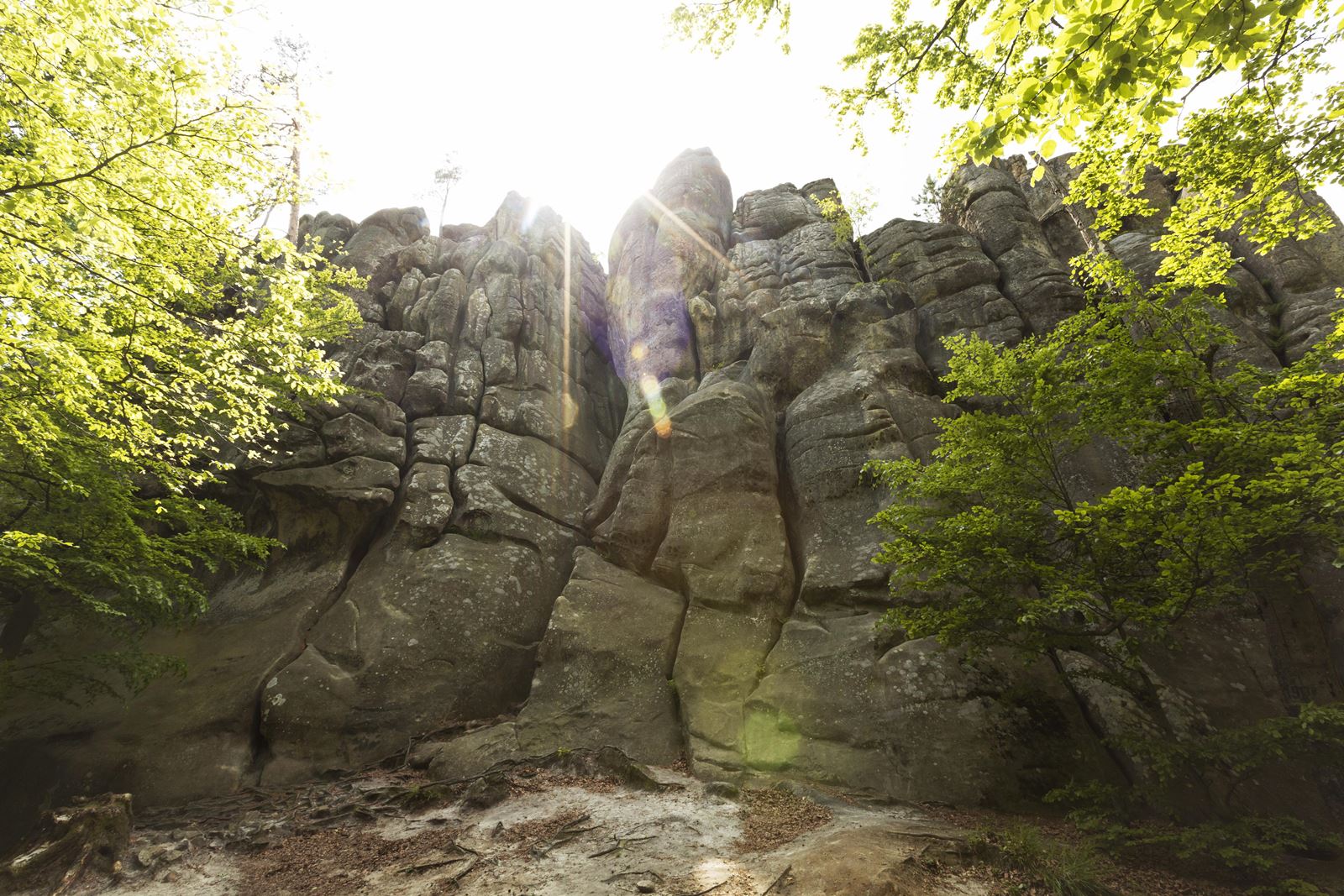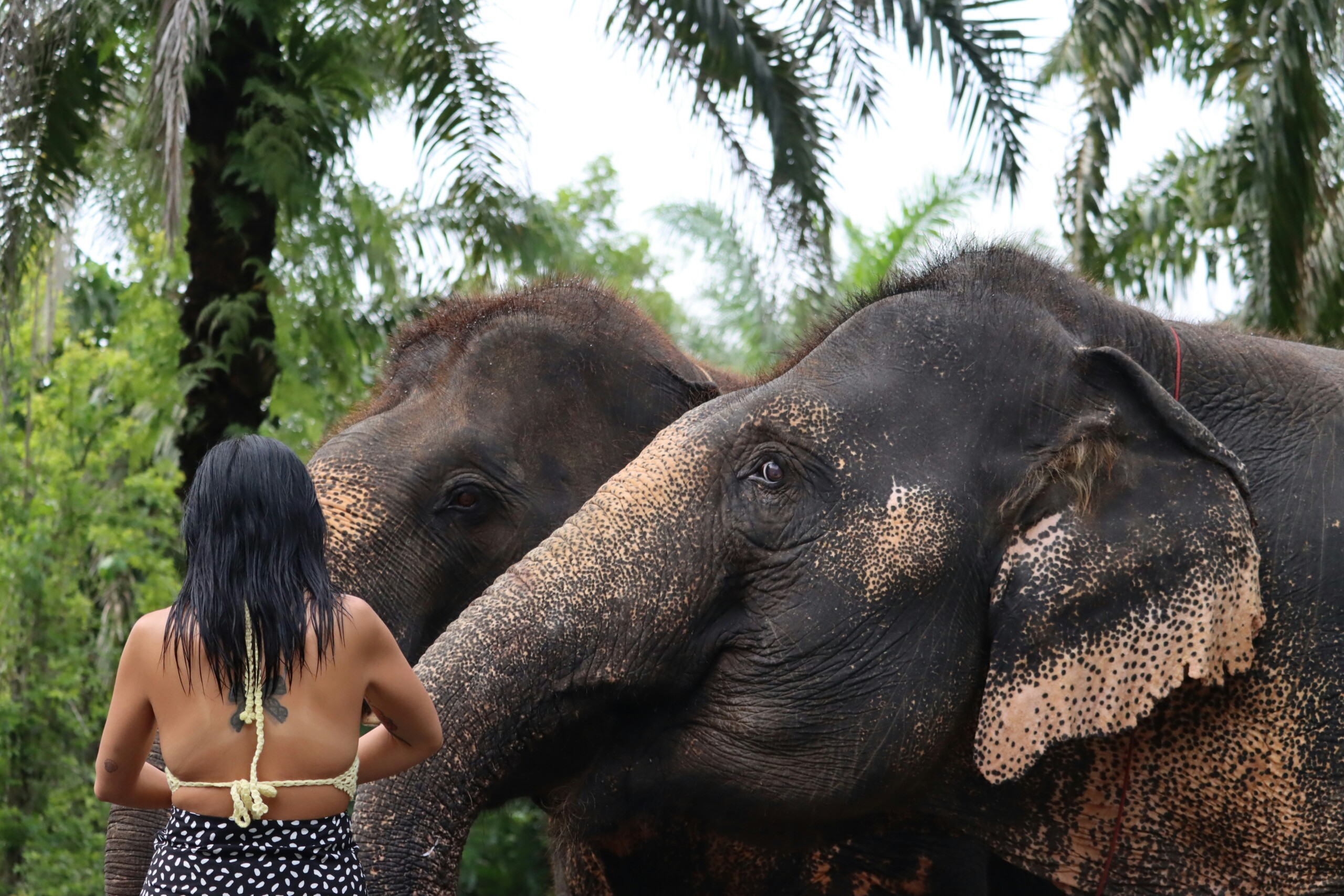For food lovers and culinary adventurers, Bangkok is a mecca of tantalizing flavors, aromas, and experiences that can overwhelm the senses in the best possible way. At the heart of this vibrant city lies an intricate network of street food vendors, each with their own specialties and unique offerings that have solidified Bangkok’s reputation as one of the world’s most exciting street food destinations.
As you wander through the labyrinth of sois (side streets) and bustling markets, you’ll be greeted by a kaleidoscope of sights, sounds, and smells that beckon you to dive headfirst into the city’s rich culinary tapestry. Sizzling woks filled with fragrant curries, steaming baskets of delicate dumplings, and rows upon rows of colorful tropical fruits – this is just a glimpse of the tantalizing treats that await you on the streets of Bangkok.

To truly immerse yourself in this gastronomic adventure, it’s essential to approach it with an open mind, a sense of adventure, and a willingness to step out of your comfort zone. Bangkok’s street food scene is not just about satisfying hunger; it’s a cultural experience that connects you to the city’s soul and the vibrant personalities that bring these flavors to life.
Let’s explore some of the must-visit street food hotspots and iconic dishes that define the Bangkok street food experience:
1. Chinatown (Yaowarat)
Chinatown, or Yaowarat, is a sensory overload in the best possible way. As you navigate the narrow alleys and bustling markets, you’ll find yourself surrounded by a dizzying array of street food stalls, each offering its own unique specialties. From fragrant noodle soups and barbecued meats to delectable dim sum and sweet treats, Chinatown is a true feast for the senses.
Don’t miss out on trying the legendary goong ob woon sen (baked prawns in vermicelli nests), a Chinatown classic that showcases the delicate balance of flavors and textures. Pair it with a refreshing Thai iced tea or a fresh coconut for the ultimate street food experience.
2. Khao San Road
While Khao San Road is famous for its backpacker culture and lively nightlife, it’s also a street food haven that shouldn’t be overlooked. As you stroll along this iconic road, you’ll be tempted by the tantalizing aromas of sizzling pad Thai, fresh fruit shakes, and grilled meats skewered on bamboo sticks.
For a true taste of Thai street food, indulge in a classic som tam (green papaya salad), expertly pounded in a mortar and pestle, and infused with a perfect balance of spicy, sour, and sweet flavors. Pair it with a refreshing singha beer or a fresh coconut for a quintessential Thai experience.
3. Victory Monument
Victory Monument is a bustling intersection that transforms into a vibrant street food paradise after sunset. Here, you’ll find a diverse array of vendors offering everything from fiery curries and flavorful stir-fries to grilled seafood and fresh fruit concoctions.
Don’t miss the opportunity to try Thailand’s famous khao niaow ma muang (mango sticky rice), a beloved dessert that combines the sweetness of fresh mangoes with the richness of coconut-infused sticky rice. It’s the perfect way to end your street food adventure on a sweet note.
4. Bang Rak
Bang Rak, a neighborhood situated along the Chao Phraya River, is a hidden gem for street food lovers. This area is renowned for its abundance of seafood stalls, where you can indulge in the freshest catch of the day, prepared in a variety of mouthwatering ways.
Venture to the famous Soi Polo and try the iconic hoy tord (deep-fried mussel pancakes) or indulge in a plate of succulent grilled prawns or squid, accompanied by a tangy dipping sauce. The fresh seafood, combined with the lively atmosphere and stunning river views, make Bang Rak a must-visit destination for any Bangkok street food enthusiast.
5. Chatuchak Weekend Market
While Chatuchak Weekend Market is primarily known for its shopping extravaganza, it’s also a paradise for street food lovers. As you navigate through the maze of stalls, you’ll encounter a kaleidoscope of culinary delights, from savory snacks and refreshing drinks to decadent desserts.
Immerse yourself in the vibrant atmosphere and try the moo ping (grilled pork skewers), a beloved Thai street food classic that’s both savory and addictive. For a sweet treat, indulge in the iconic roti sai mai (Thai cotton candy), a fluffy and colorful dessert that’s as delightful to watch being made as it is to eat.
Street Food Etiquette and Tips
As you embark on your street food adventure in Bangkok, it’s important to keep a few tips and etiquette guidelines in mind:
1. Embrace the experience: Street food is meant to be enjoyed on the go, so don’t be afraid to eat standing up or sitting on a plastic stool. Embrace the casual and authentic atmosphere that defines the Bangkok street food scene.
2. Respect local customs: When visiting temples or religious sites, be mindful of your attire and remove your shoes when required. Additionally, try to use utensils or the provided tissues to handle food, as it’s considered impolite to eat with your hands in certain situations.
3. Bargain with a smile: While bargaining is common in most markets, do so politely and with a friendly demeanor. Remember that street food vendors often operate on thin margins, so be reasonable in your negotiations.
4. Stay hydrated: Bangkok’s heat and humidity can be intense, so make sure to stay hydrated by drinking plenty of water or fresh coconut juice throughout your street food explorations.
5. Be adventurous: Step out of your comfort zone and try new dishes and flavors. Bangkok’s street food scene is a culinary playground, so embrace the opportunity to expand your palate and create lasting memories.
Whether you’re a seasoned foodie or a curious traveler, exploring the vibrant street food scene in Bangkok is an experience that will leave you craving for more. Each bite, each sip, and each encounter with a friendly vendor will add depth and richness to your understanding of Thai culture and its culinary heritage. So, grab your chopsticks (or fork and spoon), and embark on a flavorful journey through the bustling streets of Bangkok – a journey that will tantalize your taste buds and leave you with memories to savor for years to come.

